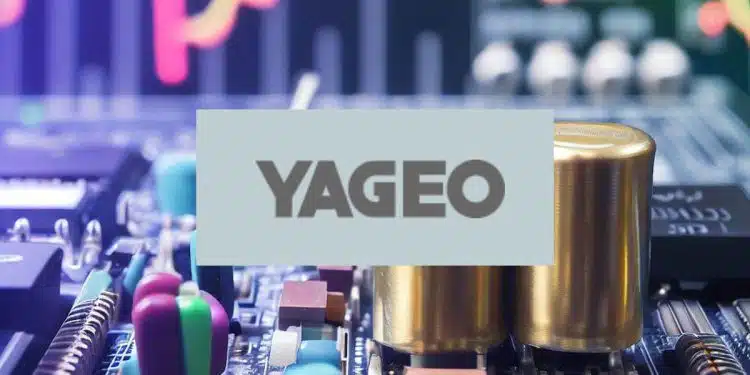Yageo Corp, the world’s third-largest supplier of multilayer ceramic capacitors (MLCCs), yesterday projected that its revenue would be little changed this quarter and the next on a sequential basis, as signs of an exuberant recovery are lacking.
With a lukewarm increase in end-market demand, the passive components maker expects channel inventory adjustments to continue for another one to two quarters. Yageo’s conservative outlook came as the firm reported its weakest profit in nine quarters last quarter.
Net profit for the April-to-June quarter tumbled 37 percent to NT$3.73 billion (US$119.15 million), from NT$5.93 billion in the same period last year. That represented a decline of 9.7 percent from NT$4.13 billion a quarter earlier.
“The current market condition seems to have reached the bottom. However, we haven’t seen signs of very strong demand yet,” Yageo CEO David Wang (王淡如) told an online investors’ conference. Revenue would be flat this quarter compared with NT$26.76 billion a quarter earlier, Wang said, adding that gross margin would be flat, or improve slightly from 33.2 percent last quarter.
Overall, Yageo expects to generate more revenue in the second half of the year than the first half, Wang said. To cope with tepid market demand while reducing its inventory further, Yageo would extend its one-year factory utilization control policy into this quarter, the company said. The day-of inventory gauge stood at 129 days last quarter, higher than the firm’s target of fewer than 120 days, it said.
The utilization of manufacturing equipment for premier passive components would remain at about 70 percent this quarter — the same as last quarter, Yageo said, adding that the usage of manufacturing equipment for commodity-type products would be 40 to 50 percent.
Yageo said it has recently seen signs of a recovery in its MLCC business, as customers have started restocking inventory lately. The company’s MLCC business was its second-largest revenue contributor last quarter, accounting for 22 percent of its total sales.
Demand from the car, electric vehicle and industrial segments would remain robust in the second half of the year, extending the growth recorded in the first half, Yageo executive vice president of global sales and marketing Claudio Lollini said. However, the demand profile for desktop computers, notebook computers and smartphones remains lackluster, Lollini said.
Yageo did not see any major decline in its average selling prices, aside from seasonal adjustments, he added. Lollini said it would be difficult to quantify how many business opportunities the adoption of artificial intelligence chips would bring to the company, but it is certain that each AI server is equipped with many more components than a traditional server. Yageo’s MLCCs and chip resistors have exposure to the AI market, he added.































